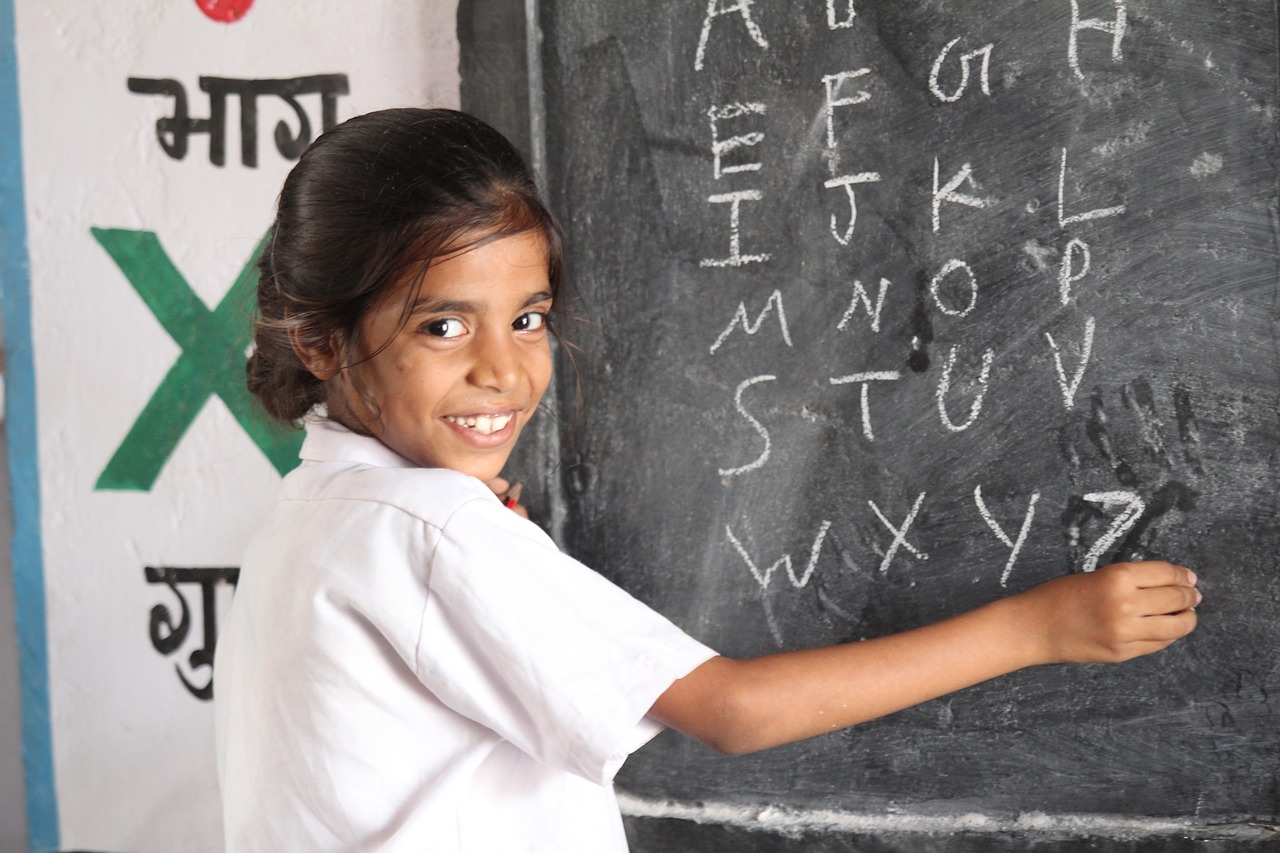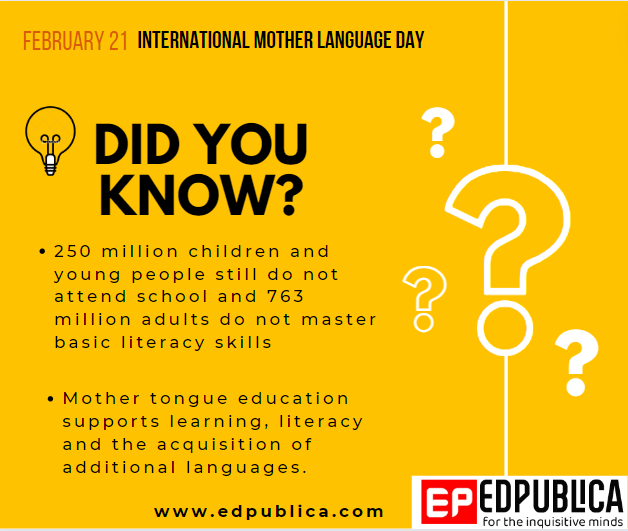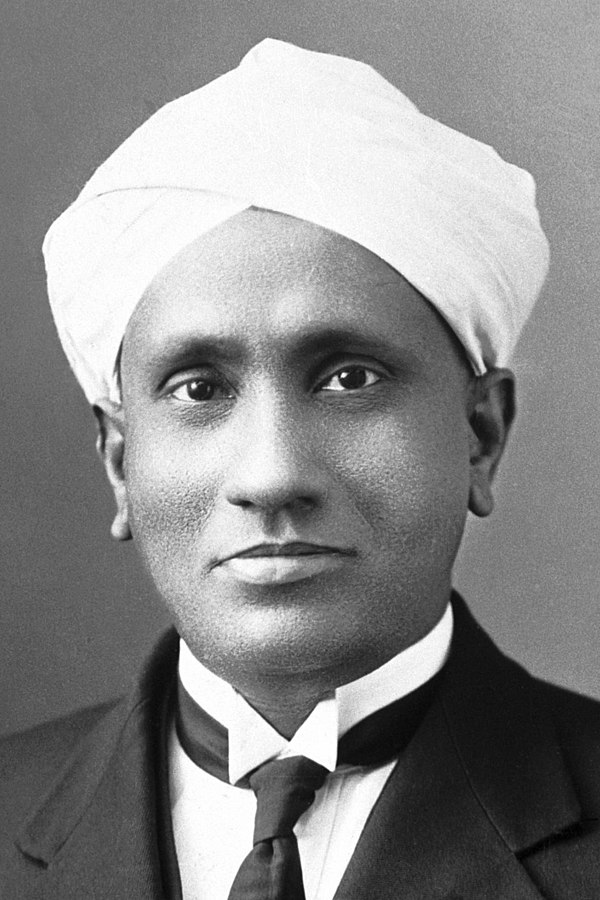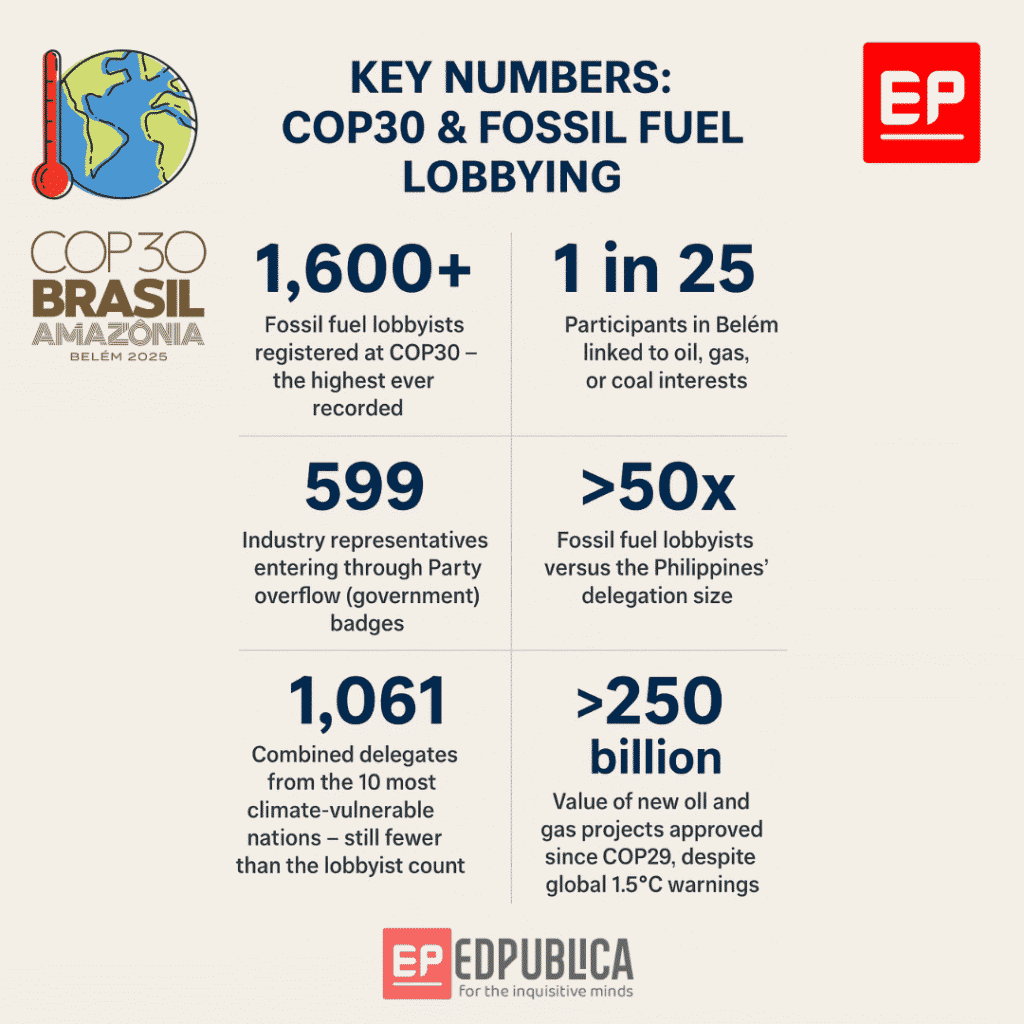Society
Why mother language-based science education is essential
All people are touched by science; shouldn’t that be universally understood? Shouldn’t everyone take part in this?

EdPublica looks into the importance of mother language-based science education in the context of International Mother Language Day on February 21. We believe that the global fabric of linguistic diversity is facing a growing threat with the rapid disappearance of numerous languages over time.
Science is not democratic; it is an elitist activity…an Indian theoretical physicist once said. He means that science is not that democratic, so everyone does not need to learn, only the elite should learn. Does it make sense? All people are touched by science; shouldn’t that be universally understood? Shouldn’t everyone take part in this?
It should, but one big barrier is the language itself. Further democratising science education in the mother tongue will make this difficult topic more accessible to all.
The setting was a typical English-medium school in a rural village in the South Indian state of Kerala. The teacher seemed to be taking classes for 6th or 7th graders. She was reading the book in English without missing a single line. The teacher was very excited. However, the children’s body language did not show much enthusiasm. Many students’ expressions were just filled with a sense that they had heard something. The class was about light or something. The subject of the school visit was different, but I just talked to one or two of the children about what they were learning.

One has nothing to say about the rays of light taught by the teacher. They did not like any questions about what was said in class. A boy named Thomas (name changed) said, ‘Oh, I can’t understand any class in English, bro’.
It was a reality that most subjects taught in English were beyond the comprehension of the students there. Then the question is how to pass the examinations. “It’s a matter of just memorising and writing,” replied one of the boys. It was then that I remembered about the discussions of primary education, especially science education, in indigenous languages. Many children who pass with great marks in subjects including science have no understanding of basic science concepts. Those who are not good at memory are quickly labelled as dumb and will be marginalised in schools. This is not an isolated case but a common ‘phenomenon’ in third-world and developing countries where English is not the main language.
So, the question is: If you don’t understand, how can you learn?
The situation is deplorable if we consider how little practice there is in teaching science concepts in the mother language, particularly concerning children’s daily lives. Language is one of the main reasons why children don’t have a scientific approach to anything when they grow up.
India’s former President and eminent scientist, Dr. A P J Abdul Kalam, was once interacting with students at Dharampeeth Science College, Nagpur. The incident happened in 2011 or so. He encountered a question about how science learning can be made more creative. This was his answer: For a quick grasp of science-related concepts and greater creativity, teach children science in their mother language.

The same was repeated by Indian Prime Minister Narendra Modi in January 2018. The Prime Minister said that children should be taught science in their native languages. But how much the country is still succeeding in that is questionable. It is a relief that the new National Education Policy of India is all in that direction, but the fundamental change needs to come in the mindset of parents and teachers.
What do studies say?
UNESCO’s Global Monitoring Report (GMR) published a landmark study five years ago. It was released on February 21, International Mother Language Day. The study pointed out that providing primary education in a language other than their own can significantly affect the learning process of children.
French is the main language in many West African schools. It is an unfamiliar language to its children. “Naturally, their learning becomes difficult on many levels,” states UNESCO’s policy paper.
As the then UNESCO GMR Director Aaron Benavot told this writer regarding the report, “40 percent of the world’s population does not have access to education in a language they speak or understand. Studying in a non-spoken language regularly sets a student back academically. It affects children from low-income families very deeply.”
UNESCO’s report points out that if children understand the medium of learning, their learning will improve. French is the main language in many West African schools. It is an unfamiliar language to its children. “Naturally, their learning becomes difficult on many levels,” states UNESCO’s policy paper. “Language and ethnicity can combine to produce complex patterns of compounded disadvantage. In Peru, the difference in test scores between indigenous and non-indigenous children in grade 2 is sizeable and increasing.”
Why the bilingual model matters
UNESCO states that children have reached better standards in countries where bilingual programmes have been implemented in the education system. By making learning in their mother tongue possible, children can score better in all subjects. Experts such as Aaron Benavot point to Guatemalan and Ethiopian case studies as proof of this. UNESCO studies say that promoting bilingual education is the best way, even if it is a bit expensive. A bilingual education programme with an emphasis on the mother tongue can make a big difference, although it will create complications in matters including teacher recruitment.
At the same time, just because the study is in the mother language does not necessarily mean that the children will have better scientific aptitude. On the other hand, if science is taught in the mother tongue, the chances of gaining expertise in science are very high. This is mentioned in the new education policy of India. The National Education Policy calls for the use of the local language as the medium of study up to grade 5.

Moreover, such a change is essential for the democratisation of science. Celebrated Indian physicist C V Raman once said that science should be taught in the mother tongue if science is not to be confined to the activities of the elite. Science should be accessible to all. Every human life is related to science. If they want to understand it, science must come to them in a language they know.
Our transition must be to schools that teach science in the language that children speak, beyond mere theories, and relate them to their lives on a practical level. Studies have shown that children become more empowered and confident when they learn in their own language. Because the mother tongue is also related to each person’s sense of identity.
Mother Language Day 2024
UNESCO has put forward a theme for International Mother Language Day celebration 2024 – “Multilingual education is a pillar of intergenerational learning”. Currently, 763 million adults lack basic literacy abilities, and 250 million children and young people do not attend school. UNESCO states that multilingual education is a key component of quality learning, and mother tongue education supports learning, literacy and the acquisition of additional languages.
COP30
From 6% to 16%: The Philippines Shows the World How Fast Climate Budgets Can Shift
In just four years, the Philippines has expanded its climate spending from PHP 282 billion to over PHP 1 trillion — one of the fastest fiscal shifts anywhere in the world.

Governments across the world are beginning to rethink the way national budgets are designed, moving away from traditional fiscal planning and toward systems that integrate climate considerations directly into spending decisions. A new comparative review of global green-budgeting practices reveals a trend that is gathering momentum: more countries are using their budgets as climate-governance tools. But the pace of progress varies sharply between advanced economies and emerging markets.
The Rise of Climate-Conscious Budgets
Countries such as France, Ireland, Mexico and the Philippines provide some of the clearest examples of how climate priorities are reshaping national expenditure. France has increased its identified climate-positive budget from €38.1 billion in 2021 to €42.6 billion in 2025, while Ireland expanded its environmental allocations from €2 billion (2020) to €7 billion (2025). Mexico’s transformation has been even more rapid: climate-related expenditures rose from MXN 70 billion (2021) to MXN 466 billion (2025) — a six-fold increase.
A Sudden Surge in the Philippines
Nowhere is the shift more dramatic than the Philippines. After embedding climate budget tagging across its ministries, the country’s climate budget expanded from PHP 282 billion in 2021 to more than PHP 1 trillion in 2025, raising its share of the national budget from 6% to 16%. The reform forced ministries to assess thousands of programmes through a climate lens, resulting in a shift toward resilient infrastructure, sustainable energy, water security, and climate-smart industries.
Advanced Economies Move Beyond Tagging
While emerging economies are scaling up climate allocations, advanced economies are integrating climate metrics deeper into fiscal systems. Canada’s “climate lens” requires greenhouse-gas and resilience assessments for major infrastructure projects before funding is approved. Norway links its annual budget to its Climate Change Act and long-term low-emission strategies. Germany uses sustainability indicators to guide fiscal decisions, embedding climate considerations into macroeconomic planning.
These tools go beyond transparency. They force ministries to justify public spending not only in economic terms, but in climate terms — shifting budgets from accounting documents to steering instruments.
Despite this momentum, the analysis notes a persistent gap: many countries stop at tagging climate-related expenditures without linking them to outcomes or performance indicators. Tagging improves transparency, but on its own does not change investment decisions. Without climate-based appraisal and monitoring, high-emission infrastructure can still slip through national budgets unchallenged.
The Financing Challenge
For lower-income countries, the largest barriers are financial. High capital costs, limited fiscal room, and weaker public financial management systems restrict the scale of green budgeting reforms. Even when climate spending rises, sustaining these increases requires integrating climate metrics into medium-term fiscal frameworks — something only a handful of emerging economies have attempted.
Innovations Show What’s Possible
Some models offer a blueprint. Indonesia’s climate-tagging system feeds directly into its sovereign green sukuk framework, giving investors clear visibility over the use of proceeds. This loop — tagging, reporting, financing — demonstrates how governments can leverage green budgeting to unlock larger pools of private capital.
Still in Progress
The report concludes that the next frontier for green budgeting is integration: linking budget tagging, climate-lens project appraisal, performance-based reporting, and climate-aligned fiscal strategies. Done together, these tools allow budgets to become climate-governance instruments capable of guiding national transitions.
But the pace remains uneven. Some countries are racing ahead, while others are taking incremental steps. What is clear, however, is that climate-aligned public finance is no longer optional. As climate impacts intensify, the alignment of the world’s budgets will determine who adapts — and who is left behind.
COP30
Corporate Capture: Fossil Fuel Lobbyists at COP30 Hit Record High, Outnumbering Delegates from Climate-Vulnerable Nations
COP30 sees over 1,600 fossil fuel lobbyists inside climate talks, surpassing delegations of climate-vulnerable nations. Experts warn of corporate capture.

COP30 was billed as the “Implementation COP,” a summit where governments would finally convert years of climate promises into concrete action. Instead, the year’s most striking headline comes from the corridors, not the negotiation rooms: more than 1,600 fossil fuel lobbyists have entered the talks — the highest in the history of the UN climate process.
A new analysis by the Kick Big Polluters Out (KBPO) coalition reveals that one in every 25 participants in Belém is linked to the oil, gas, or coal industry. The number surpasses the total delegations of many climate-vulnerable nations and even outnumbers the combined negotiating teams of the 10 most climate-impacted countries.
For many observers, the surge represents not just a statistic but a symptom of a deeper structural crisis.
“It’s common sense that you cannot solve a problem by giving power to those who caused it,” said Jax Bonbon of IBON International in a statement. “Yet three decades and 30 COPs later, more than 1,500 fossil fuel lobbyists are roaming the climate talks as if they belong here.”
A Climate Summit Outnumbered by Industry
The analysis shows 599 industry-linked representatives entered COP30 through Party overflow badges — a route typically reserved for government delegates. This method bypasses new transparency rules that require non-government participants to disclose their affiliations.

Several countries also included fossil fuel representatives directly within their official delegations. According to the report, France, Japan, and Norway brought senior industry figures, including those from TotalEnergies, Japan Petroleum Exploration, and Equinor.
“Until we Kick Big Polluters Out, we can expect the outcomes of COP30 — and every COP after — to be written by the world’s largest polluters,” said Pascoe Sabido of Corporate Europe Observatory. “It’s profit over people and the planet.”
The contrast between industry presence and the representation of climate-impacted nations is stark. The Philippines’ delegation is outnumbered by nearly 50 to 1. Jamaica sent fewer than 40 delegates — as it deals with the aftermath of Hurricane Melissa — while hundreds of industry lobbyists move freely inside the venue.
‘A Flood of Influence’
Civil society groups warn that the negotiations risk being shaped by the very actors accelerating the climate crisis.
“The COP is massively flooded with around 1,500 representatives of the fossil fuel industry — like a river bursting its banks and sweeping everything away,” said Susann Scherbarth of Friends of the Earth Germany.
The criticism echoes growing frustration among scientists and youth groups over the widening gap between climate science and political outcomes. Despite repeated warnings from the IPCC about the need for rapid fossil fuel phase-down, nearly $250 billion worth of new oil and gas projects have been approved since COP29.
Youth delegations expressed alarm that the negotiation space is becoming increasingly inaccessible to those most affected by the climate crisis.
“The UNFCCC is in need of rehabilitation,” said Pim Sullivan-Tailyour from the UK Youth Climate Coalition. “My generation deserves Just Transition policies shaped by what people and the planet need — not what polluters’ profits demand.”
Demands for Integrity and Accountability
Transparency and governance experts argue that the situation has reached a defining moment. “If COP30 is indeed the COP of truth, the Presidency and the UNFCCC Secretariat must strengthen participant disclosure rules,” said Brice Böhmer of Transparency International. “It is time to ensure integrity and restore trust.”
Civil society groups are urging governments to adopt formal conflict-of-interest rules, a step the UNFCCC has so far resisted. They argue that genuine climate progress requires insulating negotiations from actors whose core business models rely on continued fossil fuel extraction.
A Crossroads Moment for the UN Climate Process
COP30 was expected to accelerate global action toward limiting warming to 1.5°C. Instead, it has reopened a fundamental question: Can a climate summit deliver meaningful outcomes when the world’s largest polluters enjoy unprecedented access inside the process?
The KBPO coalition says the answer depends on whether the UNFCCC is willing to adopt structural reforms that prioritise vulnerable communities over powerful corporations.
As the talks continue in Belém, the tension between ambition and influence remains at the heart of COP30 — raising critical questions about transparency, accountability, and the future of global climate governance.
Society
Guterres to WMO: ‘No Country Is Safe Without Early Warnings’
At WMO’s 75th anniversary, UN Chief António Guterres warned that no nation is safe from extreme weather — urging governments to fast-track early warning systems by 2027.

Declaring that “no country is safe from the devastating impacts of extreme weather,” UN Secretary-General António Guterres called for a global surge in early warning systems to protect lives, economies, and ecosystems from climate-fuelled disasters.
Speaking at the 75th anniversary of the World Meteorological Organization (WMO), Guterres hailed the agency as “a barometer of truth” and “a shining example of science supporting humanity.” It was his first address to the WMO, reflecting the agency’s central role in turning climate science into life-saving action.
“Without your rigorous modelling and forecasting, we would not know what lies ahead — or how to prepare for it,” he told delegates gathered at WMO headquarters in Geneva.
The occasion doubled as the midway checkpoint for the Early Warnings for All (EW4All) initiative, launched by Guterres in 2022 to ensure every person on Earth is protected by life-saving warning systems by 2027.
WMO Secretary-General Celeste Saulo issued a “Call to Action,” urging all countries to close early warning gaps through expanded observation networks, strengthened hydrological services, and community-level outreach. “Every dollar invested in early warning saves up to fifteen in disaster losses,” she said.
Saulo cautioned that despite major progress—108 countries now operate multi-hazard warning systems—the world’s poorest remain the least protected. Disaster mortality rates are six times higher in countries with limited early warning coverage.
A 75-Year Legacy of Science for Action
Marking 75 years since it became a UN specialized agency, WMO used its Extraordinary Congress to reaffirm global cooperation in weather, water, and climate monitoring.
President Abdulla al Mandous praised Guterres for embedding early warning systems into the international climate agenda: “Early warnings are now recognized at the highest levels as cost-effective, life-saving, and cross-cutting solutions that reduce risk and advance development,” he said.
Guterres urged three urgent priorities to achieve universal coverage: integrating early warnings across governance structures, boosting finance and debt relief for vulnerable nations, and aligning national climate plans to limit temperature rise to 1.5°C.
“Every life lost to disaster is one too many,” he said. “With science, solidarity, and political resolve, we can ensure a safer planet for all.”
-

 Know The Scientist5 months ago
Know The Scientist5 months agoRemembering S.N. Bose, the underrated maestro in quantum physics
-

 Space & Physics4 months ago
Space & Physics4 months agoJoint NASA-ISRO radar satellite is the most powerful built to date
-

 Society5 months ago
Society5 months agoShukla is now India’s first astronaut in decades to visit outer space
-

 Space & Physics4 months ago
Space & Physics4 months agoNew double-slit experiment proves Einstein’s predictions were off the mark
-

 Society6 months ago
Society6 months agoAxiom-4 will see an Indian astronaut depart for outer space after 41 years
-

 The Sciences5 months ago
The Sciences5 months agoHow a Human-Inspired Algorithm Is Revolutionizing Machine Repair Models in the Wake of Global Disruptions
-

 Society6 months ago
Society6 months agoWhy the Arts Matter As Much As Science or Math
-

 Earth6 months ago
Earth6 months agoWorld Environment Day 2025: “Beating plastic pollution”








































